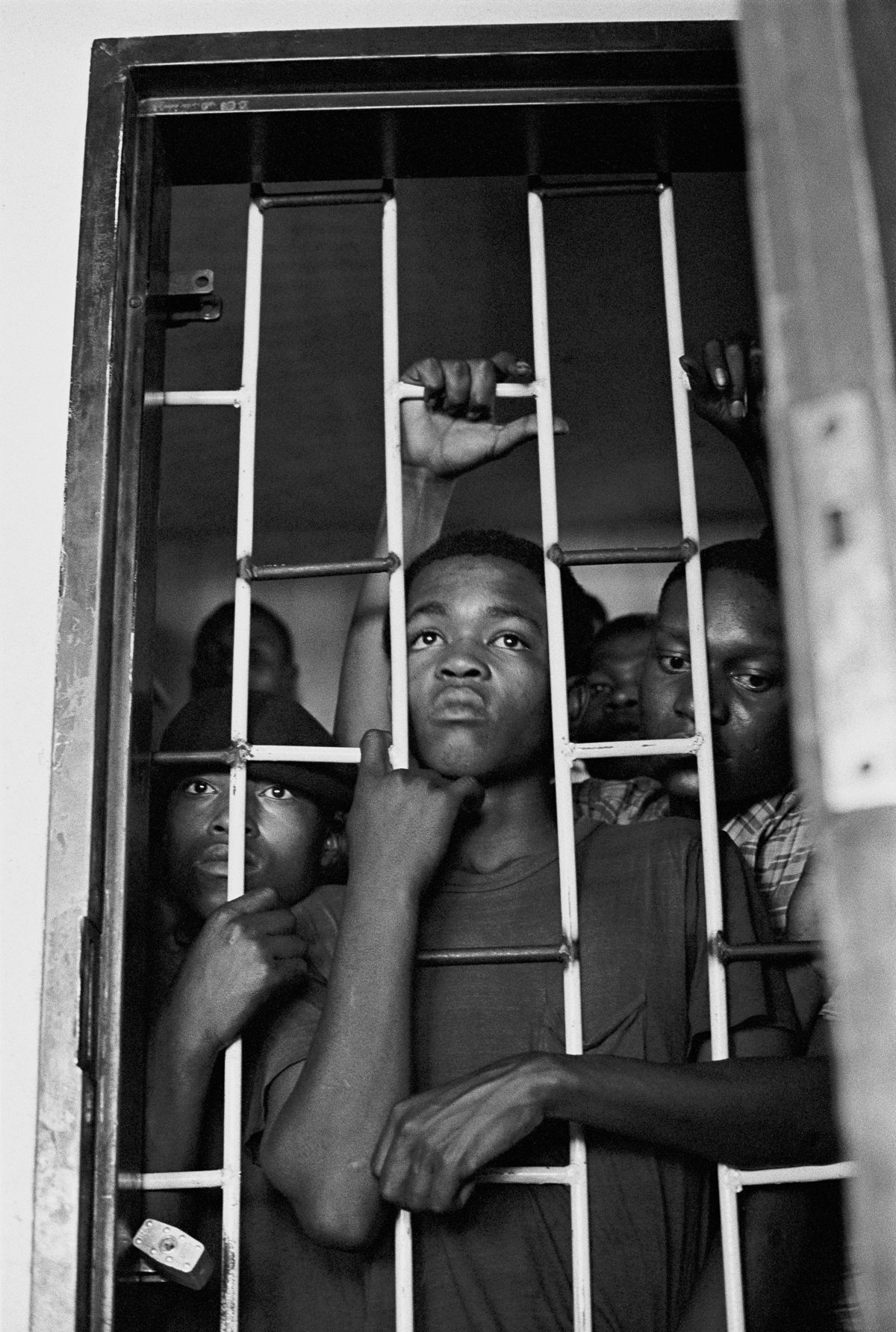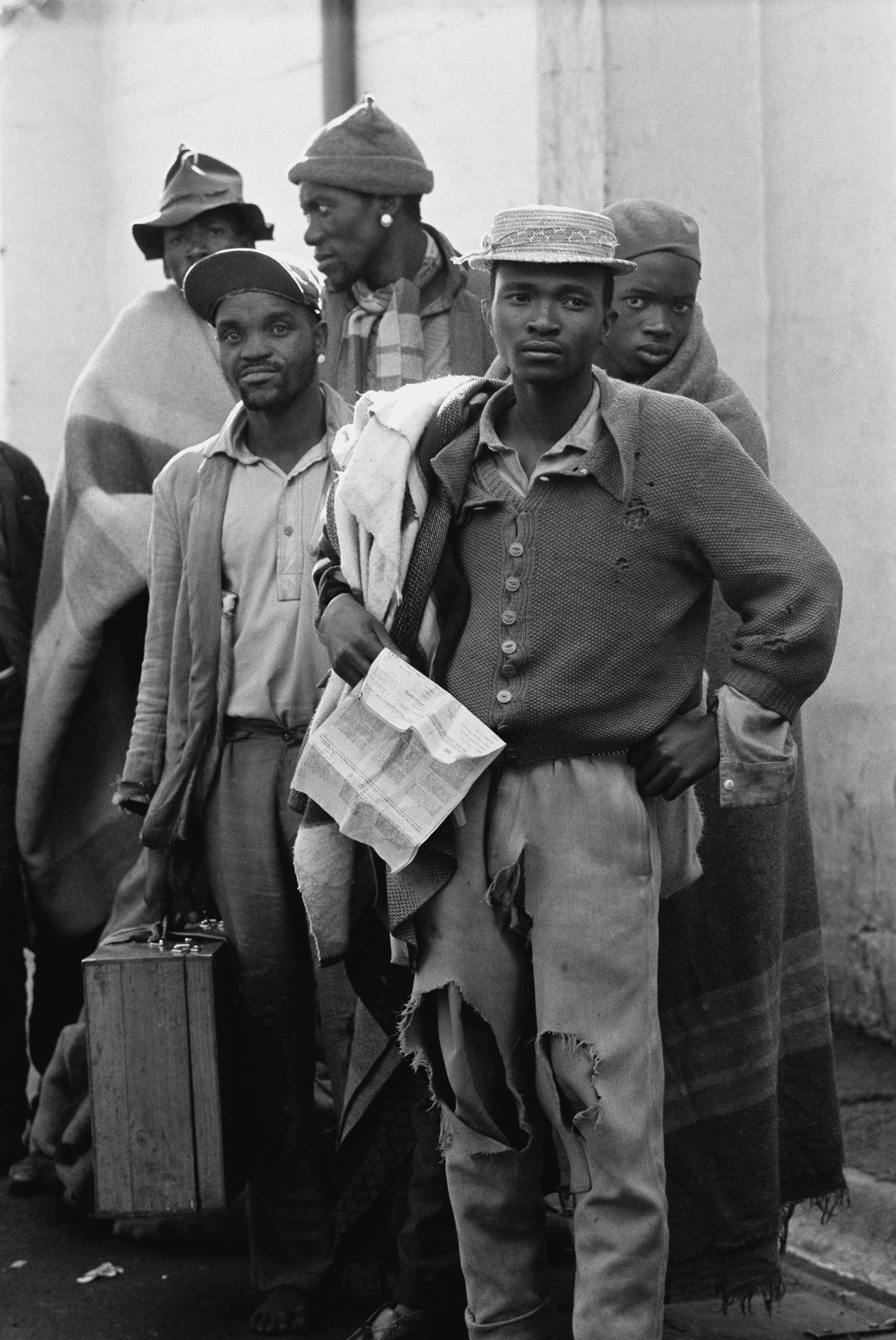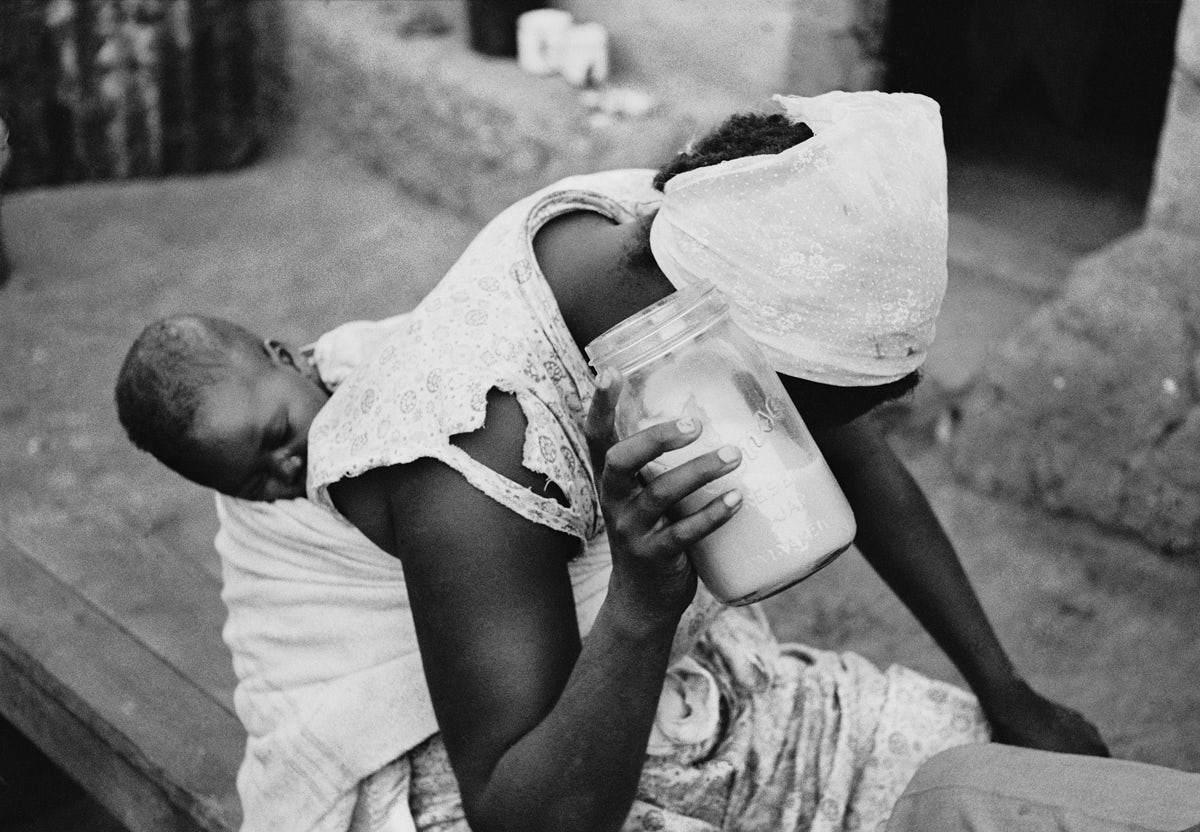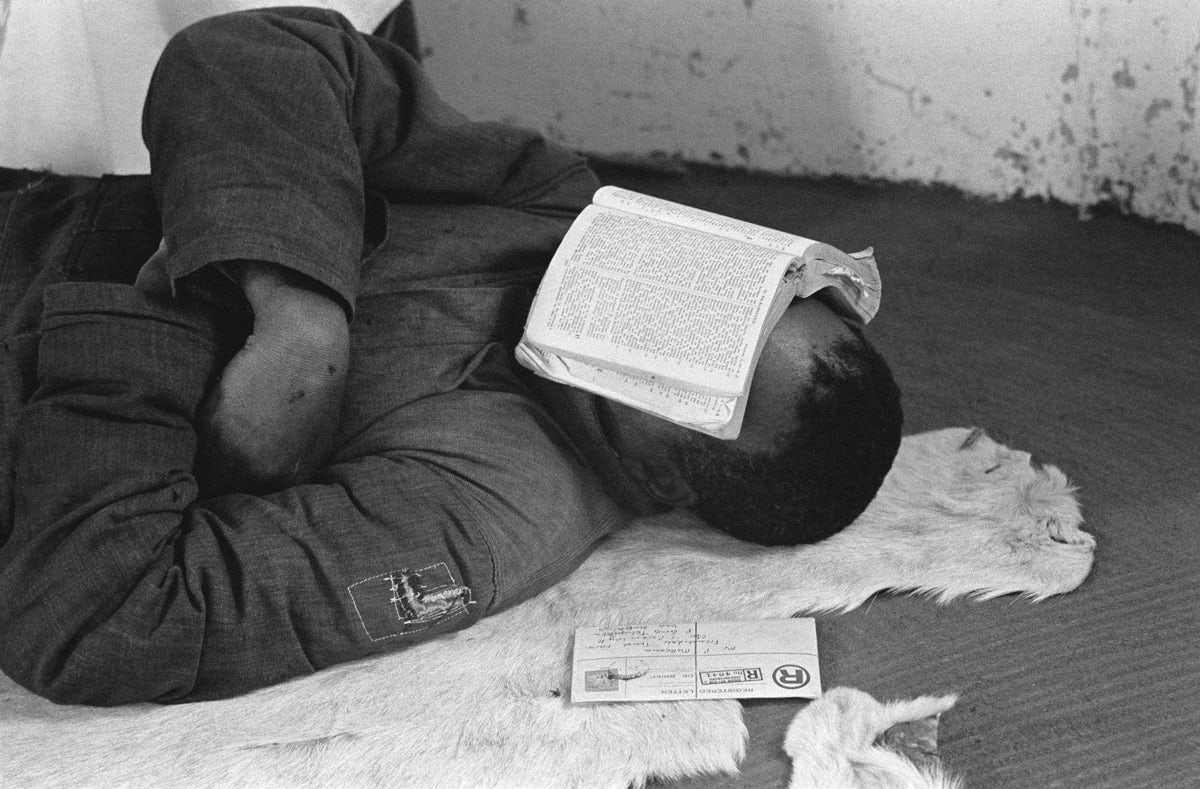Ernest Cole’s evocative photographs of life below apartheid
“When I say that people can be fired or arrested or abused or whipped or banished for trifles, I am not describing the exceptional case for the sake of being inflammatory. What I say is true – and most white South Africans would acknowledge it freely,” Ernest Cole wrote in House of Bondage, his seminal photo book on life under apartheid.
First published in 1967, House of Bondage was an exhaustive documentation of a regime of institutionalised racial segregation, which remained in effect from 1948 up until the early 1990s. The book exposed the brutal daily realities, humiliations, and horrors of apartheid to the rest of the world for the first time, arguably making Cole one of the great documentary photographers of his time.
Top: Mamelodi, 1960s South Africa; Above: South Africa, 1960s; All images © Ernest Cole / Magnum Photos
 South Africa, 1960s
South Africa, 1960s
Born in a township on the outskirts of Pretoria, Cole experienced the realities of apartheid first-hand. As one of the country’s first Black freelance photographers, he captured the various forms of violence embedded in daily life for the Black majority throughout the 1950s and 1960s – often risking his life in the process.
By 1966, things had reached a tipping point for Cole. He fled the country, smuggling his negatives out with him, and House of Bondage was released the following year. By publishing the book, which openly denounced the regime, the photographer effectively exiled himself from his homeland and he never returned to South Africa again.
 South Africa, 1960s
South Africa, 1960s
 South Africa, 1960s
South Africa, 1960s
While House of Bondage was lauded as one of the most significant photo books of the 20th century at the time, another publication from the photographer was never to be. Living between Sweden and the US, he continued to document Black lives in the wake of the Civil Rights Movement, but the photographer became increasingly disillusioned. He reportedly spent his latter years living on the streets of New York, and died of pancreatic cancer at 49.
Cole’s work has sadly been largely forgotten in the years since his death. At least, until 2017, when more than 60,000 of his negatives – which had been missing for more than 40 years – were found in a bank vault in Stockholm. The miraculous discovery formed the basis of Aperture’s recent reissue of House of Bondage in collaboration with the Ernest Cole Family Trust.
 South Africa, 1960s
South Africa, 1960s
 South Africa, 1960s
South Africa, 1960s
Featuring an additional chapter of unpublished work, the new edition also provides the narrative backbone to the latest exhibition from Amsterdam photography museum Foam. The first large-scale overview of Cole’s practice, the show seeks to recontextualise a pivotal body of work for our time, becoming a vital means of ensuring that the horrors of life under apartheid are never forgotten.
Reflecting on the new light being shone on the late photographer and the wider significance of his work, Magnum’s former global licensing director, Hamish Crooks, recently wrote: “Photography will not change the status quo, but there are occasionally books – like … Cole’s House of Bondage – that do alter your perception of a subject.”
House of Bondage is at Foam, Amsterdam until June 14; foam.org
